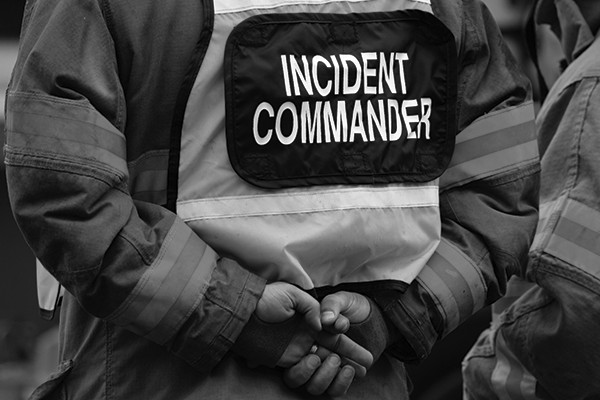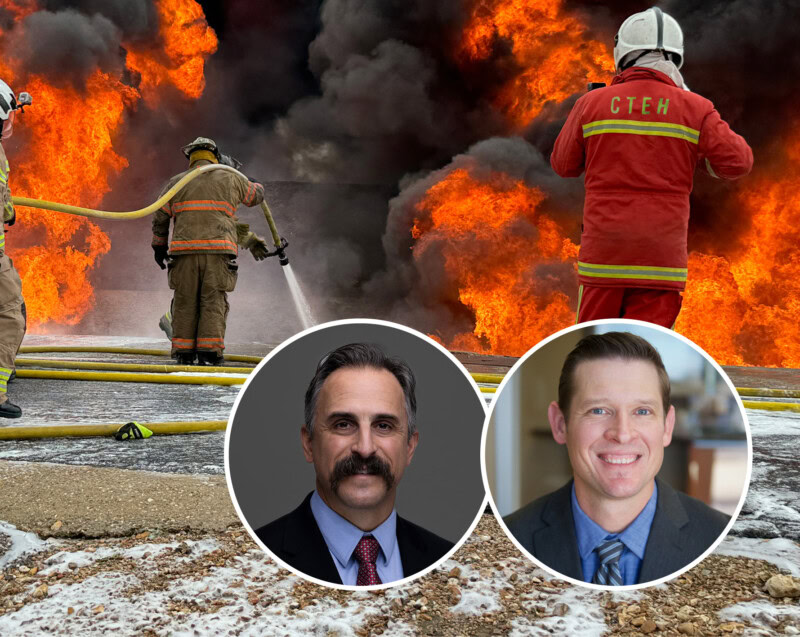By James McCormack | CTEH® Director of Environmental Services
In 2012, CTEH® was invited to participate as a consultant in over 20 drills for 13 different oil and gas companies. Drills vary in complexity and numbers of participants; from the basic table top exercise, regulatory-mandated annual drills, to simulating Spills of National Significance (SONS). A drill is for the Responsible Party (RP) (i.e., owner/operator) to demonstrate and develop competency in responding to an incident following a chemical release. Based on collective project experience participating in drills, below are items to consider when planning and conducting a drill.
1. Familiarize yourself with the Incident Command System (ICS).
Developed by FEMA, the Incident Command System (ICS) process involves establishing a centralized structure bringing together federal, state, local, RP and first responders.
A few basic concepts of ICS involve: standardization of terms, establishing clear lines of command and an adaptable organizational structure, formalizing consistent objectives, managing resources, integrating communications and management of intelligence, and outlining key roles and responsibilities. ICS training is available online through FEMA here.
2. Utilize the proper subject matter experts.
Experts, such as toxicologists, industrial hygienists, and medical professionals are highly beneficial within the Safety Section. It may be beneficial to compliment your existing internal resources with external Technical Consultants.
3. Invite consultant participation in pre-drill planning.
Incorporating first responders and technical consultants into the pre-planning helps the drill feel less simulated. Experienced consultants can create realistic injections and/or participate during the drill as evaluators.
4. Prepare plan templates in advance.
Drills provide opportunities to practice the “procedures” of plan writing which produce successful outcomes in the event of an actual incident. (e.g., decon, data management, waste management, sampling and analysis, health and safety, decanting, etc)
5. Use simulated responses.
CTEH® offers personal experience from hundreds of incident responses with a unique data portal customized for our clients. This portal is highly integrated in to the ICS and increases the efficiency and saturation of communication in the drill. The simulated data are utilized through live video streaming and a real-time visual demonstration of the monitoring and subsequent data.
6. Challenge your team.
In order to challenge your internal and external resources, key elements to consider are integrating variety and new scenarios. Be mindful of the tendency for your drill to become predictable, stale and only conducted to satisfy regulatory demands. Truly use it as a tool to incorporate new scenarios and improve your ability to respond to a variety of elements.
7. Conduct a post-drill After Action Report
Following a drill, solicit honest evaluation of the drill by all participants (employees, subject matter experts and all regulatory agencies involved) to identify techniques that worked, and more importantly, opportunities which could be improved. Sharing a post drill evaluation summary internally and externally creates a good line of communication and sets expectations for subsequent drills, or actual incidents.
CTEH® is familiar with ICS, drill requirements, response expectations, and the role of a subject matter consultant. Our team offers value to our clients due to our extensive knowledge of what is expected by regulatory agencies and our continued success of managing successful large-scale drills.




